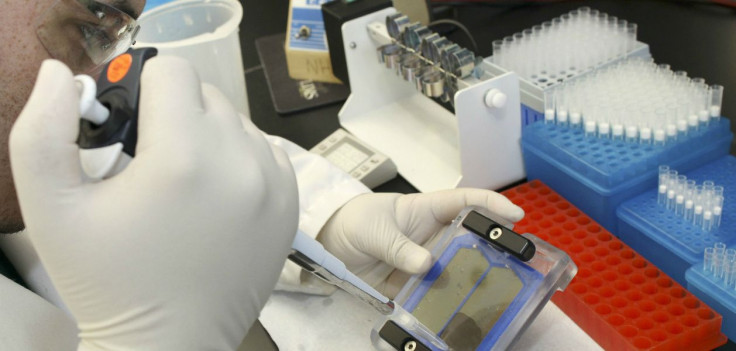Study shows most cancers are caused by random DNA errors

A new study shows that over and above heredity and environmental factors, cancer is more often caused by random DNA errors. DNA can mutate and cause cells to replicate out of control, leading to cancer.
For years, people have been advised to avoid radiation such as ultraviolet rays (UV) that lead to skin cancer, or smoking cigarettes, from which lung cancer may ensue. The new study identifies a new cause that is beyond a person’s avoidance. Two-thirds of cancer cases are attributed to random DNA mutation, according to a study published in the journal Science.
A cell copies its DNA when dividing, with the resulting new cell having its own DNA imprint. Sometimes, however, a mistake occurs during the division, and such errors can make all the difference. It could lead to cancer.
What will be, will be
The upshot of such a finding entails that no matter how careful a person may be with his health, he is not impervious to cancer. Dr Bert Vogelstein is a pathologist at the Sidney Kimmel Comprehensive Cancer Center at John Hopkins University in the United States. As senior author of the study, he stated that cancer could happen regardless of a perfect environment.
In the study, researchers collated data from registries of cancer patients around the world, as well as data from DNA sequencing. The scientists calculated the percentage of cancers according to causes.
The findings showed that 66 percent of cancers was caused by the aforementioned random DNA errors, and 29 percent was attributed to environment or lifestyle factors. Only 5 percent was due to heredity or inherited complications. An estimated 95 percent of cancers that involved the prostate and the brain was caused by random DNA mutations.
The results corresponded with a study done by the Cancer Research in the United Kingdom, showing that about 42 percent of cancers could have been avoided with a change of lifestyle. A combination of causes could also complicate the initial stages of cancer. As an illustrative example, skin cells that have a baseline level of mutation would mutate even more with exposure to UV rays.
The importance of focusing on secondary prevention, which entails early detection, was underscored by Cristian Tomasetti, an assistant professor of biostatistics also at John Hopkins. There are ways to avoid cancer caused by lifestyle and hereditary factors. A smoker can quit smoking, while a woman with breast cancer can have a mastectomy.
When cancer is caused by random DNA errors, however, no amount of avoidance is possible. The best way to steer clear of the serious illness is still early detection.





















